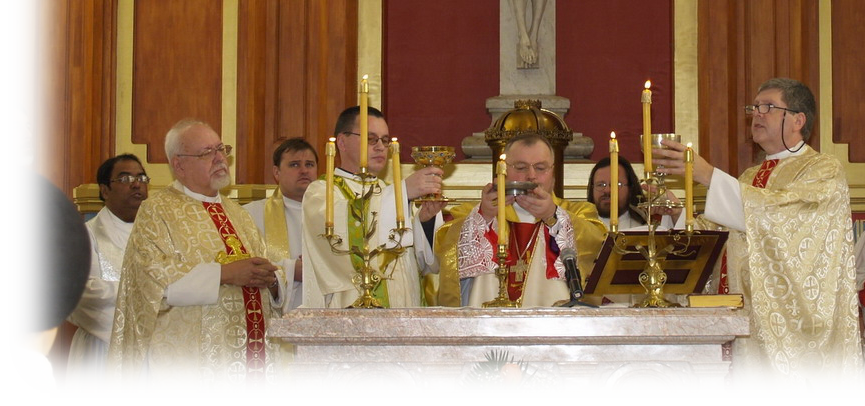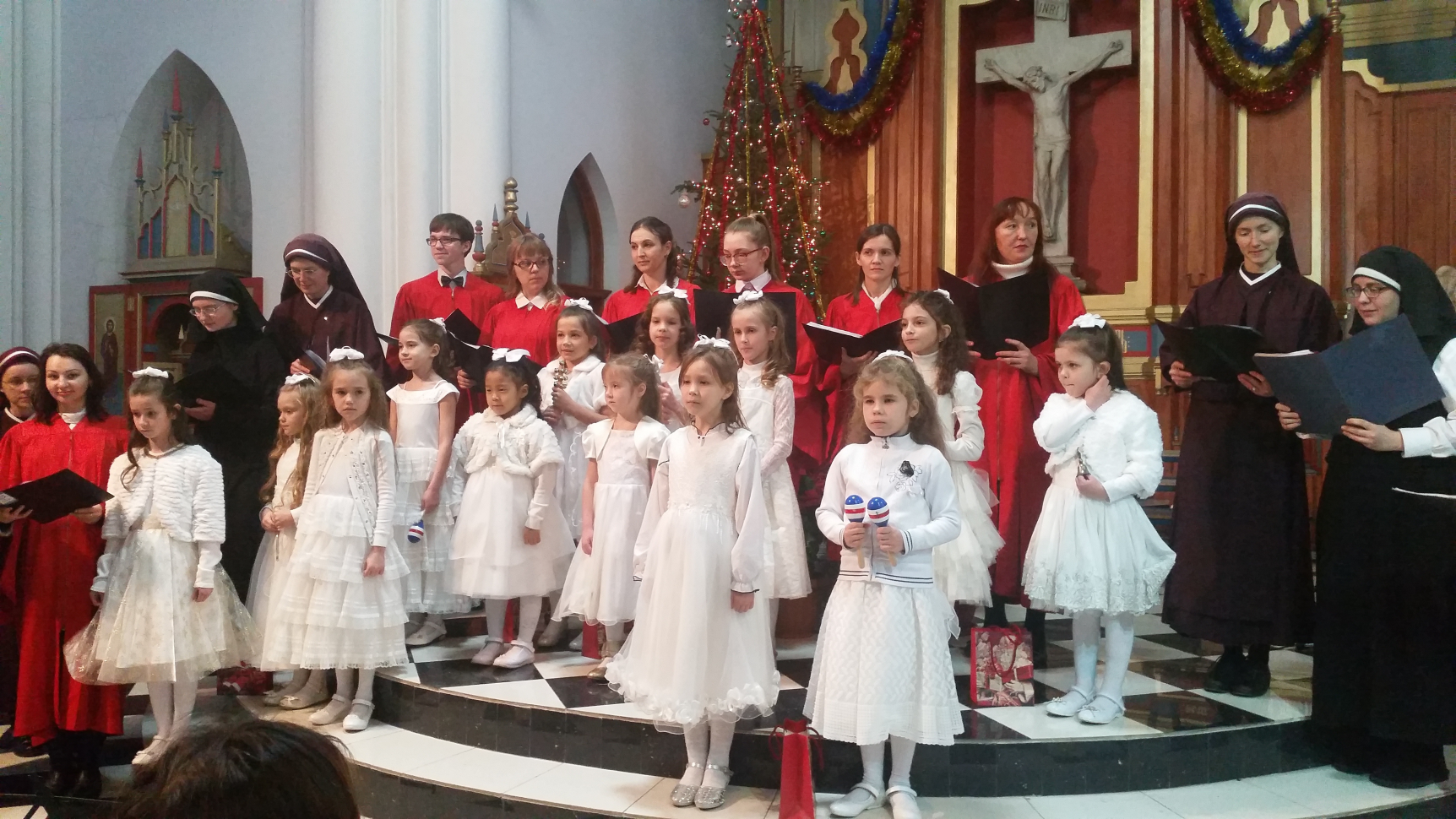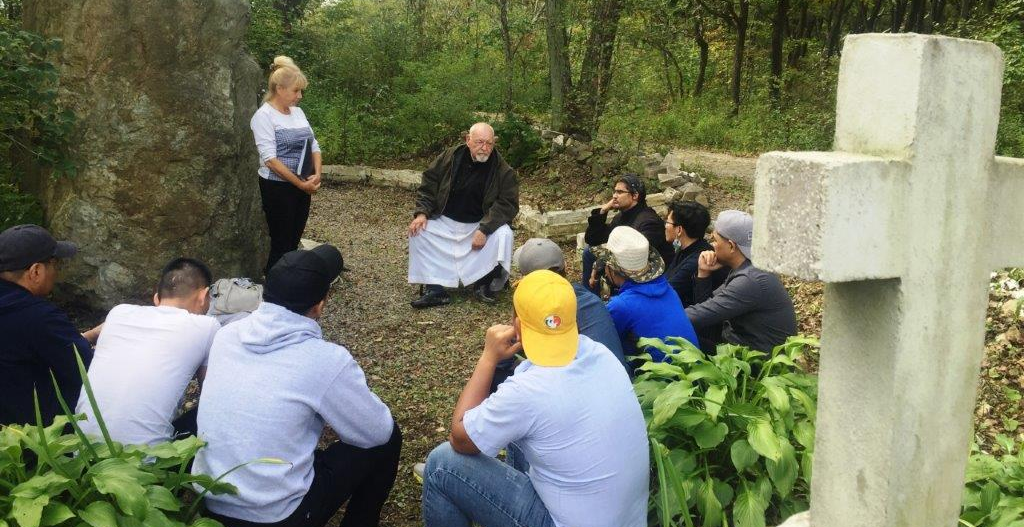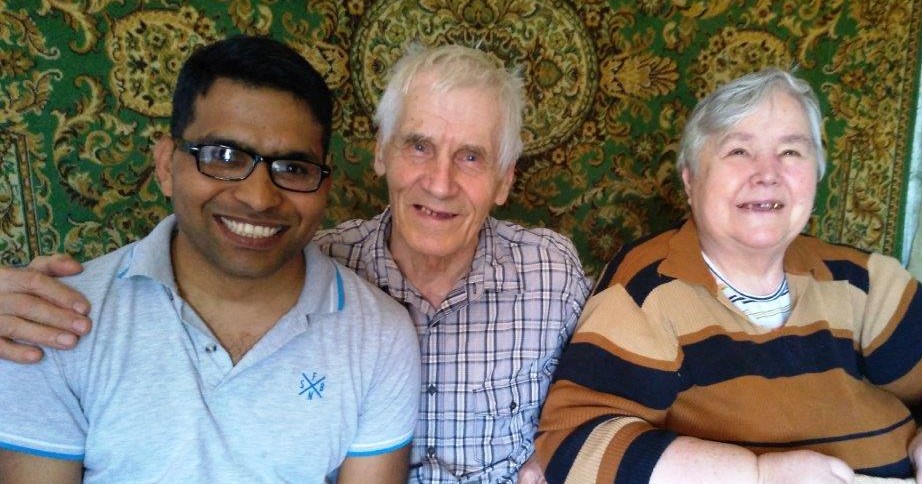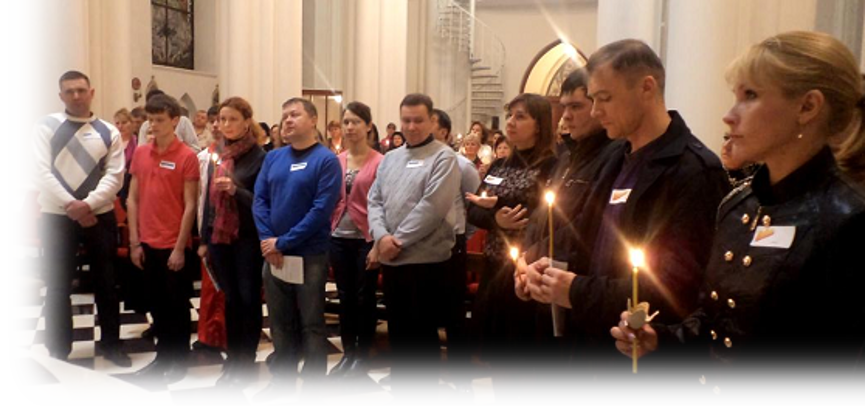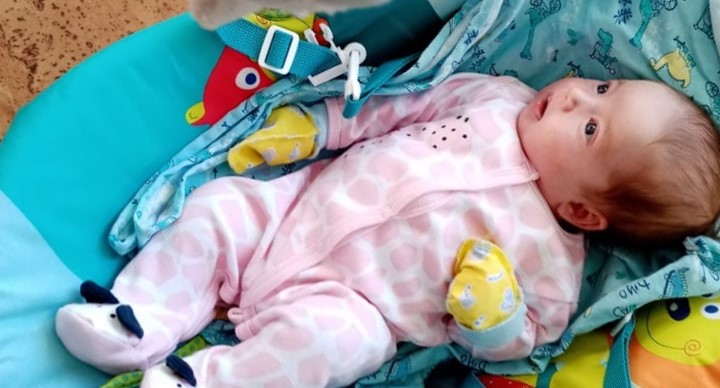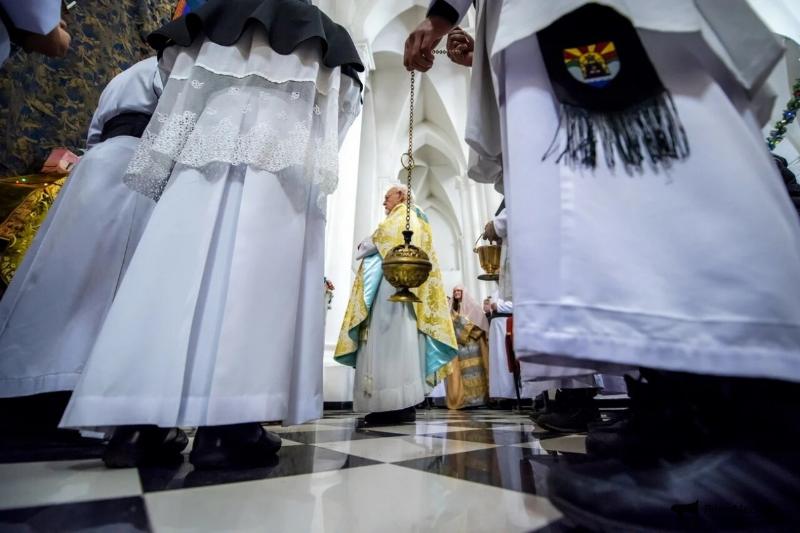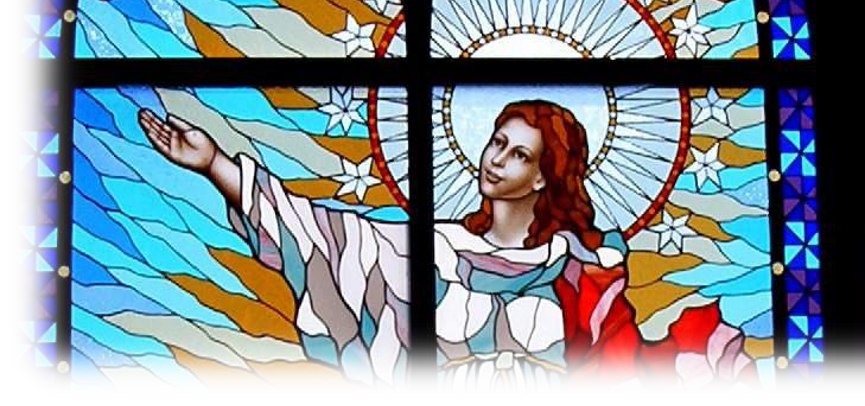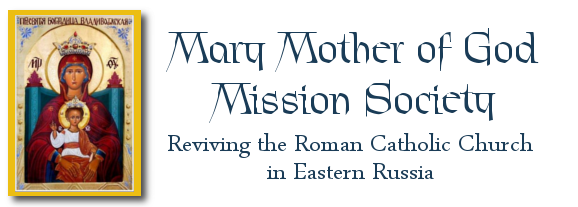The First Catholic Church in Nakhodka, Russia
Nakhodka (pronounced: nah-HOHD-ka), population 158,000 (2012), is a port city on the Pacific Ocean in southeastern Russia. It is one of the main Russian Pacific shipping ports, and is located 120 miles east of Vladivostok (about a four-hour drive).
The Early Years of the Parish
The Roman Catholic parish of Our Lady of the Pacific, Patroness of all who live and work on or near the Pacific Ocean, was established by Bishop Joseph Werth, SJ, in Nakhodka on November 15, 1994 as a mission of the Catholic parish in Vladivostok. In January 1995, the founding pastor, Fr. Myron Effing, CJD, celebrated the first Mass in the new parish.
Because the city of Nakhodka did not exist before the communist revolution of 1917, but rather was founded during the communist era, no churches or even religious groups were allowed to exist in the city. Therefore, our parish was completely new, not a rebirth of a parish that had existed before the destruction of Catholic parishes in the Soviet Union.
In 2004, under the leadership of Fr. Myron, the parish began to study the possibility of erecting a church building with a parish hall and offices for religious education and Catholic charities. At the time, the parish used a cramped second-floor apartment for all such purposes.
Parishioners were pleased when the city of Nakhodka cooperated with the plan by making available a centrally located plot of land. (Virtually all land in Russia, and especially all empty land, is owned by various levels of government. Almost none is privately owned. So we were dependent on the City to identify a suitable parcel of land.) It was about this time that American benefactors became interested in the project.
A feasibility study showed that the land was suitable for building. An architect was commissioned to make a set of preliminary drawings, but because of a change in parish leadership, the land rights expired, and the project was put on hold.
The Project Resumes
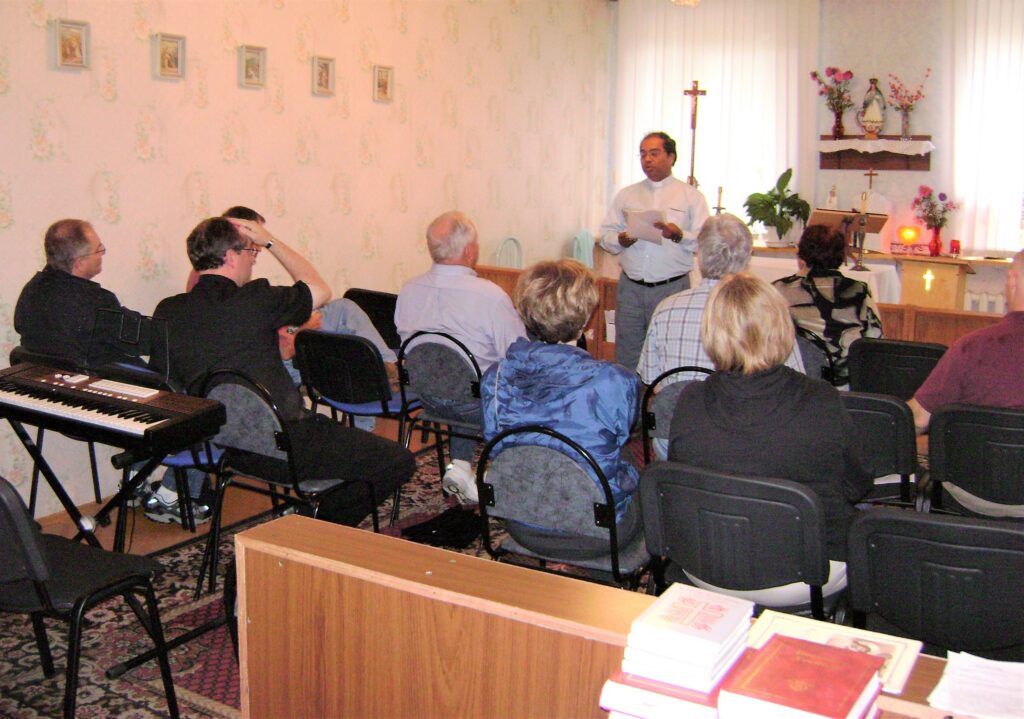
Several years later, Fr. Sebastian D’Silva became the third pastor. In 2012, when our bishop Kirill paid a visit to Nakhodka, Fr. Sebastian expressed the desire to renew the effort to acquire land from the city for a church building. He noted at the time that the parish had grown from 40 to around 70 people since the first attempt was abandoned.
In August 2012, Fr. Sebastian hired Zinaida Podgornik who is well versed in the legal aspects of city land acquisition and who has contacts in the city administration. With her help, the parish petitioned the city of Nakhodka to receive, free of charge, a parcel of land on which to build a modest but permanent church. To the surprise of the parish, the city government immediately accepted the petition “in principle,” and we began to search for a suitable parcel of city-owned land.
After a long search, we found a parcel located on a major street with several city bus lines, and right next to a bus stop. Because it is located on raised land near Nakhodka Bay, where the city center is also located, the church would be visible from many parts of the city.
During the land search, Fr. Sebastian learned that the original architectural plans could not be used legally. It was now required by city law to engage the services of the Nakhodka city architect to create a new set of drawings. These new plans called for a building of similar size but with a full basement for use as parish hall, meeting rooms, kitchen and utility room. In September of 2014, we signed a contract with the city administration for a grant to the parish of the chosen parcel of land, which is 0.9 acres in size.
Documents and Permits
Next, we began the detailed and difficult process of accommodating the new building plans to this specific piece of land. On August 26, 2015 the city administration gave us their final, official document of permission to start construction. Now we could apply for all other documents of permission such as from the city departments of water, electricity, sewerage, and ecology. The last official document of permission came in March, 2016.
After receiving all the official permits, we began identifying the most suitable construction company and negotiating a contract for excavation, land removal and construction—everything except interior finishes. Of only 3 such companies in the city, one clearly rose to the top and we signed a contract on December 23, 2015. By now, the parishioners had been meeting in their tiny apartment church for more than 2 decades and had been planning and hoping for this new church for 11 years.
Breaking Ground
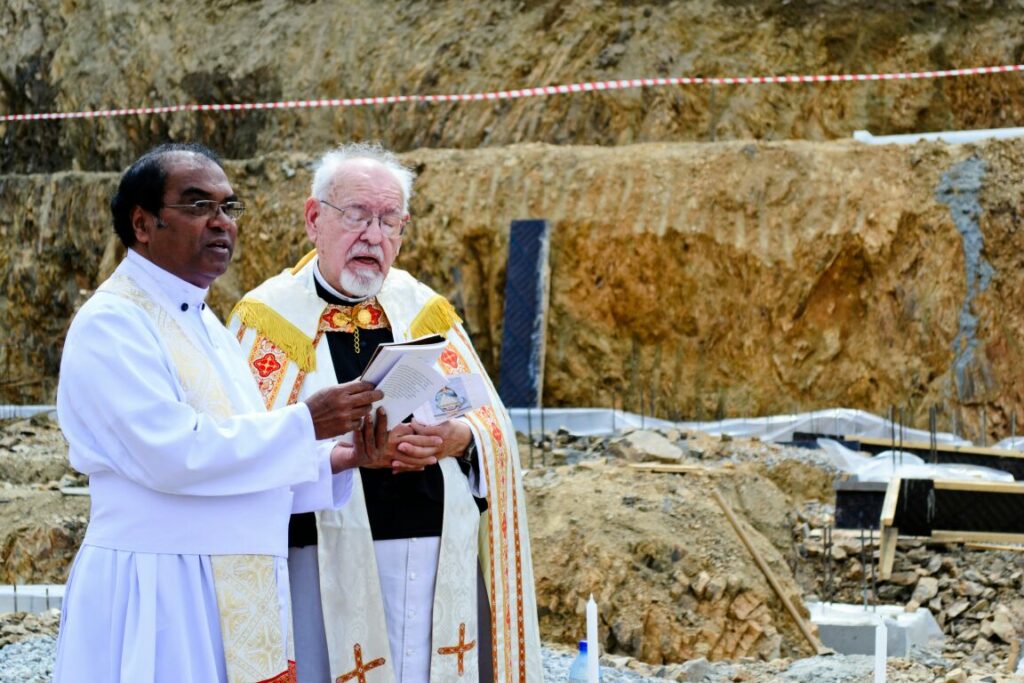
We took the opportunity of Bishop Kirill Klimovich’s annual visit to our deanery to have him preside over the long-awaited groundbreaking ceremony. Because of the bishop’s schedule, the only time we could hold the ceremony was on a weekday during working hours. Nonetheless, most of our parishioners attended. This was an obvious sign of how important they considered this project. Clearing of the land began in March 2016 and excavation followed soon afterwards.
The Steeple, Flooring, and Windows
In 2016, Fr. Myron came for the blessing of the building site, the cornerstone was laid, and the steel-reinforced foundation was poured. Soon, concrete supports for the walls were built and steel roof beams were placed. The following year, much of the exterior was completed, the bell tower went up, and the steeple was completed. By the end of August, the roof was finished and the steeple had been hoisted into position and secured.
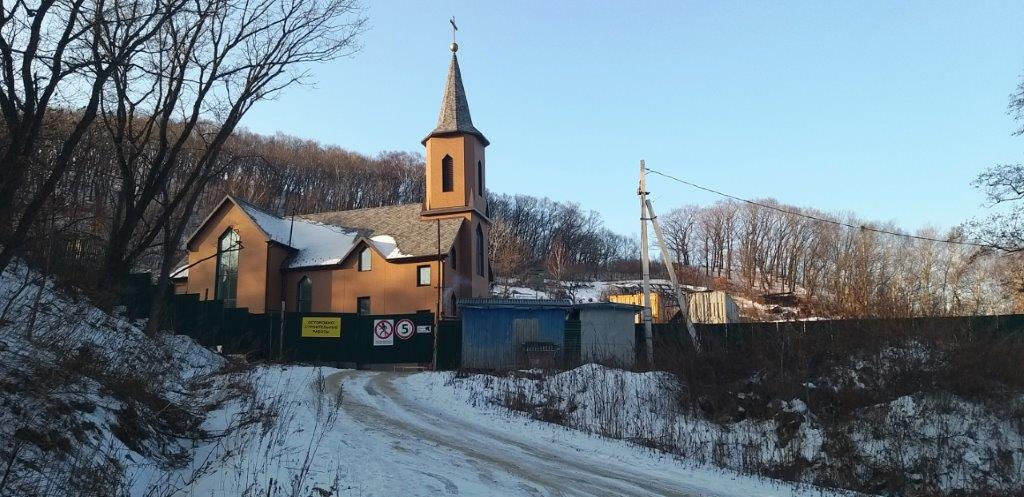
A generous grant from an American foundation enabled us to install tiles on both the basement and main floors, as well as on the stairs and in the choir loft. This happened in 2020. Also during 2020, we continued to seek sponsors for the stained glass windows.
At present, there are only 4 windows that remain without sponsors. These may be “adopted” by sister parishes, parish groups, families, or individuals and dedicated to loved ones, the martyrs of Russia, or any other appropriate person(s).
The designs came from our own Brother Philip, who has experience working in stained glass. Windows are created by a local professional in Vladivostok.
These are the last four windows without sponsors. The two larger windows (Pentecost and The Holy Family) are $37,665 each. The two smaller ones (Sermon on the Mount and Saints Cyril & Methodius) are $10,274 each. Each amount covers the window, its outer protective glass, the frame, and installation.
House of Formation on Flores Island, Indonesia
As many of our supporters know, the Canons Regular of Jesus the Lord (CJD) is a congregation that Fr. Myron founded and that now has priests, deacons, and seminarians in several countries. One of those countries is Indonesia, particularly the island of Flores.
From the Ground Up
In 2015, we suddenly found ourselves with a vocations boom in Indonesia, but had nowhere for our seminarians to live! We were able to lease living space with the nearby Vocationist community, but knew this arrangement could be only temporary. What to do?
Prayers were answered when we learned there was a 4.6-acre tract of land for sale on Flores. It was close to the Vocationists and there was also an SVD (Society of the Divine Word) seminary nearby. We bought the land in June of 2015 and the CJD community immediately got busy.
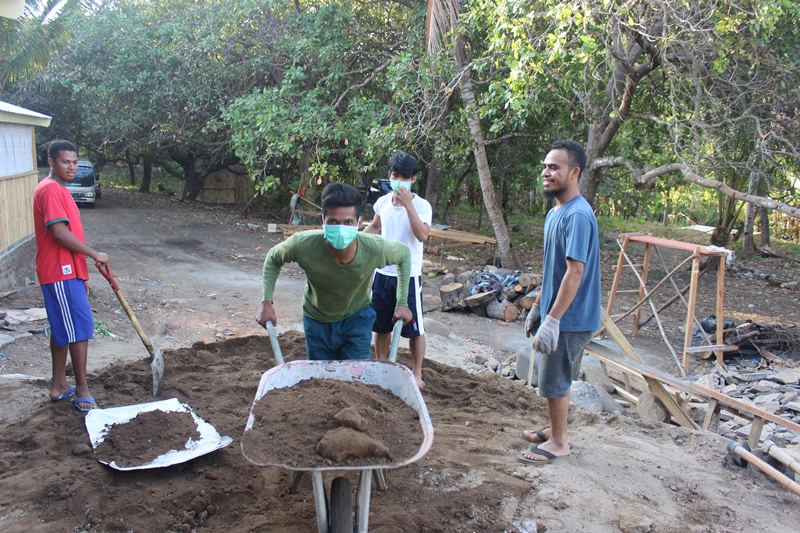
Working together, they cleared land, planted gardens and orchards, and built chicken coops and pens for livestock. They also created temporary buildings to include living quarters, a kitchen, chapel, storage areas, and several outbuildings. Funding for the building projects came from Indonesian and American donors, while the seminarians themselves provided the labor.
They have cleared brush, hauled sand, mixed cement, poured foundations, raised walls, tiled
floors, and installed windows, doors, and roofing. They accomplished all of this while also attending daily Mass, maintaining their prayer lives, attending classes, and performing Catholic outreach to the surrounding community!
The temporary buildings are of bamboo and might last as long as 10 years, depending on the weather and climate. We know this is a temporary solution, but it allows us to “buy time” while we raise funds for permanent buildings.
Construction always depends on the weather. Between November and April there are intermittent heavy rains, so construction progresses slowly.
The Kitchen and Chapel
In 2016, thanks to a very generous benefactor, we began work on the first permanent building—a combination kitchen and dining hall. It was designed so that its flat, covered roof could serve as extra space for dining or studying. The work was completed in 2017. Later, we decided to enclose the area under the roof and convert it into living space.
Also in 2017, we learned that a foundation had awarded us a grant to start building a permanent chapel. The chapel was completed in 2019 and was immediately put to use, although it still lacked pews, cabinetry, and other interior appointments.
A Dorm at Last
From the beginning, our priests, deacons, seminarians, postulants, and aspirants have lived in temporary living quarters. The floor above the kitchen, for example, is a large open space, without dividers between beds, and not ideal for privacy or quarantining the sick. Elsewhere on campus are temporary dorm buildings of bamboo, with lifespans of only a few years.
Now, we finally have the opportunity to create a permanent 2-story dorm, complete with offices, a music room, and library. We have received 2 very generous gifts which will allow the construction of the building itself. We are seeking donations from Indonesian benefactors to cover the interior furnishings.
If you wish to contribute to either the Nakhodka church building project or the Flores Island dormitory, contact our mission office for more details, or click the button below.
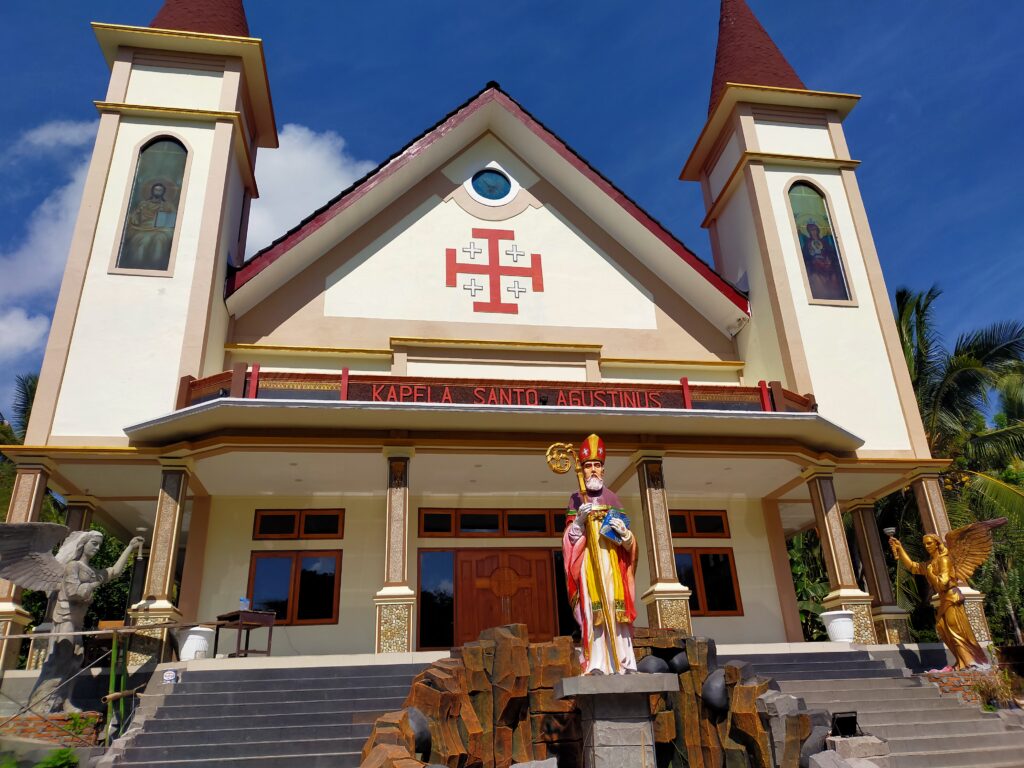
New chapel in August 2020. The statue is of St. Augustine. 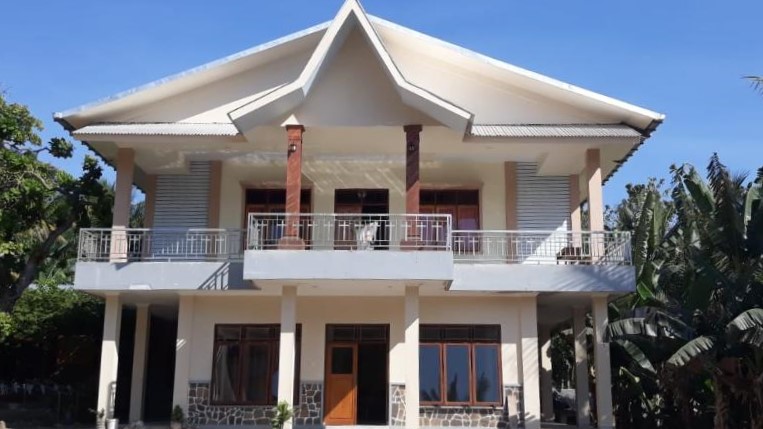
The new kitchen/dining hall in 2019. The second floor houses 12 seminarians.
Find Us On Flores!
You can find out where we are by going here.
In the center of the field is a V-shaped bend in the highway, with its angle pointing to the right.
Zoom in to see the buildings inside the angle. They include the SVD seminary buildings where our seminarians attend classes. At the northern point of the V is the Vocationist Biara (Monastery). About 500 feet NW of that is the 4.6-acre tract where our CJD community is growing. Kapela Santo Agustinus is our new St. Augustine Chapel.
Zoom out and you’ll see the regional capital of Maumere. It’s a city of about 50,000, only a few miles NE of our land.
